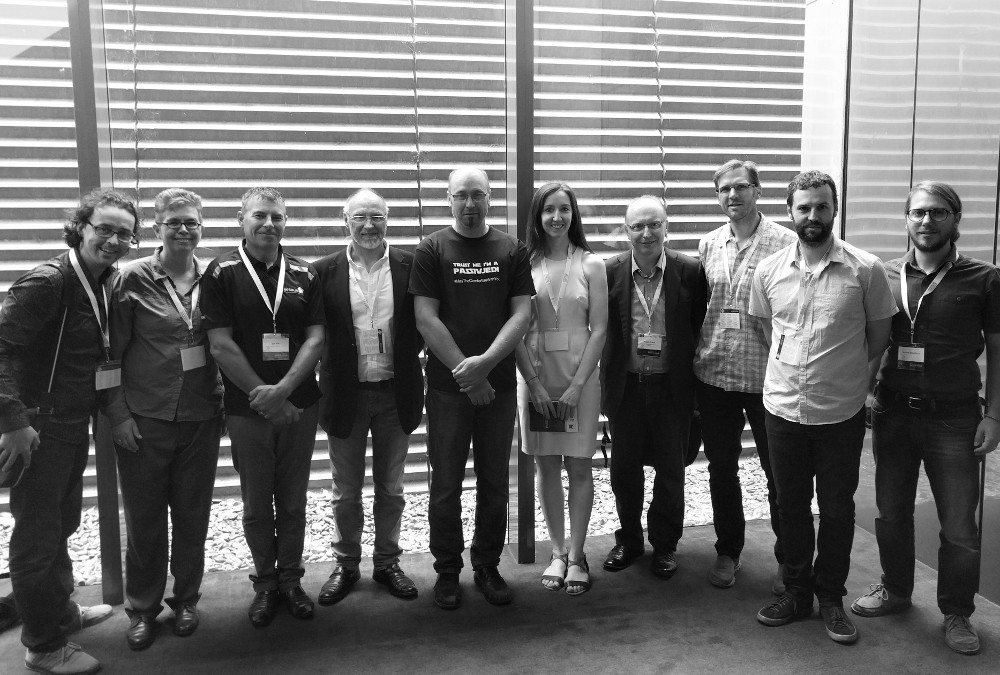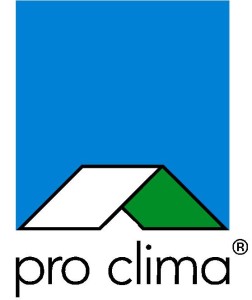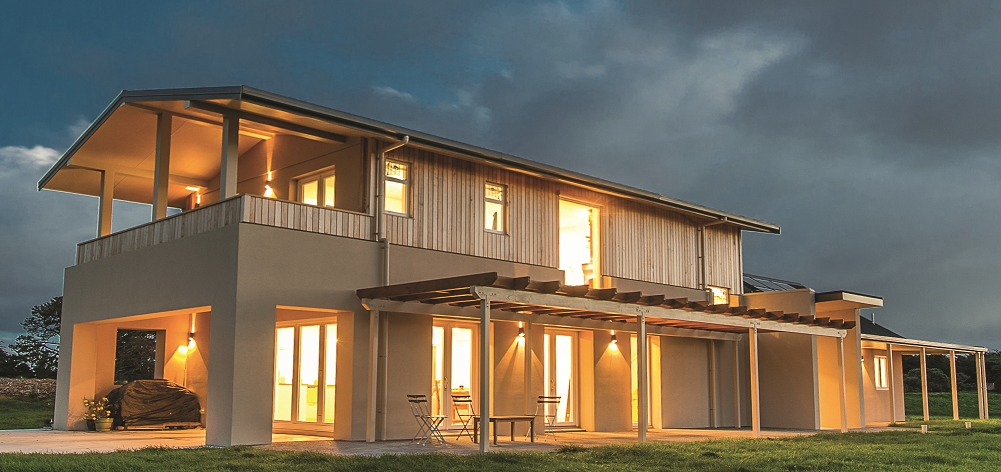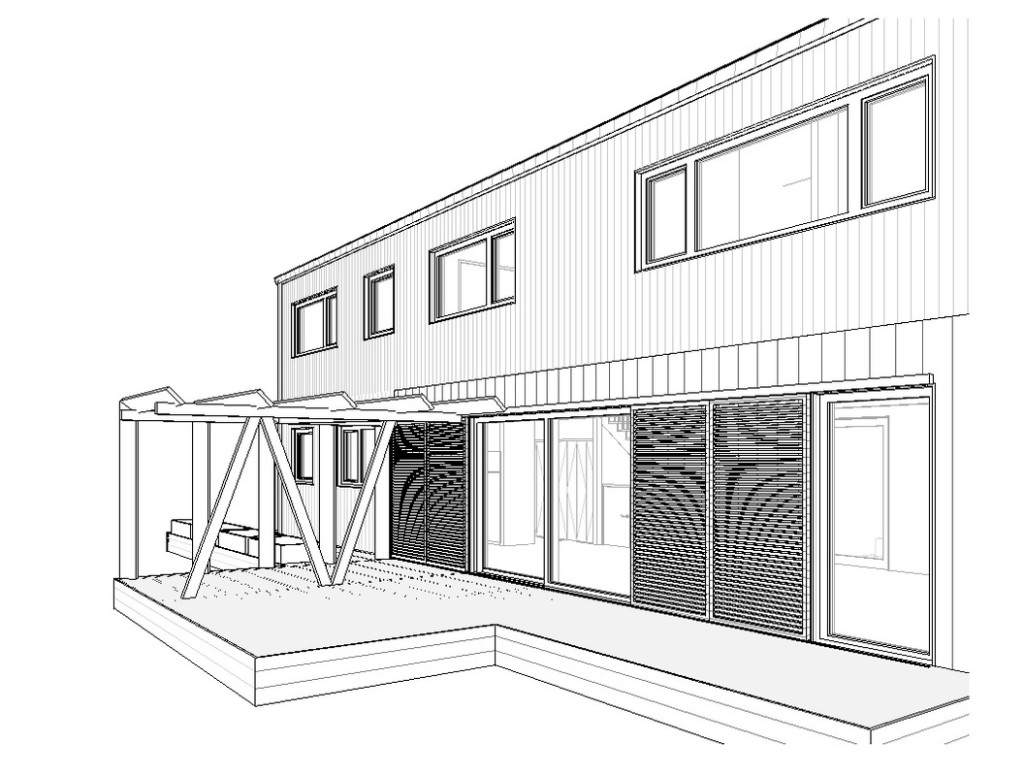Podcast: Play in new window | Download | Embed

There’s so much that could be said about two days of great Passive House presentations in Melbourne, but I’ve challenged myself to boil it down to one point per presentation. If there was one takeaway from the second South Pacific Passive House Conference, it was that Passive House has arrived in the Southern Hemisphere and it’s going to grow, because it works!

Bronwyn Barry, One Sky Homes
- In warm climates, reduce glazed area and incorporate shading to make Passive House work.
Roger Joyner, Passive House Consultant
- We used to ‘manage’ our homes during the day. Now we need houses that can manage themselves.
Luc Plowman, Detail Green
- Get a good designer on board early and use the amazingly accurate Passive House Planning Package (PHPP) software.

Priscilla Besen, Ideal House Post-occupancy Results
- Passive House works! (Even in the southern hemisphere and in warm, humid climates.)
Fergal White, Pidcock, Passive House in Canberra
- Thermal breaks are important, especially when connecting walls to the slab and the roof.

Dr Kara Rosemeier, Multi-unit Residential Passive Houses
- As with other residential building, Passive House can work. Just know where the boundary of the thermal envelope is.
Andrew Michler, Author and Consultant, Hyperlocalization
- Passive House can work anywhere (and he’s got stunning photos from around the world to prove it).
Peter Steudle, European Timber Windows
- Get more specific with your design and product selection than the local code implies. Climates zones in Australia and New Zealand are very ‘dumbed down’.
Jessica Hogg, Inhabit, Passive House Glass Selection
- Good quality window frames are key elements to ensure healthy surface temperatures in your home.
Elrond Burrell, Architype, Passive House at scale and on budget
- Get the whole team involved early on and you can design a beautiful building to Passive House standard at no extra cost.

Peter Smithdale, Achieving Airtightness
- Keep the design simple
John Iliffe, eHaus, Build Costs of Residential Passive Houses
- Building to Passive House standard will cost about the same as a high end architecturally designed home, but the payback could be as little as two years.

Guy Shaw, Affordable Passive House
- ‘Affordable’ Passive House is achievable.

Raphael Vibert, Passive House at Scale
- There is no sustainability without comfort and wellbeing
Glenn Murdoch, Vicus Design.
- Christchurch now has a Passive House (amongst the “sea of mediocrity”)
David Ritter, Passive House in China
- China gets, and is adopting Passive House the only way they know how – big time!
Passive House 2017
Want to learn more? Stay in touch in both Australia and New Zealand, and register to stay informed as soon as early bird tickets become available for the 2017 event in Christchurch. Not to be missed!



Leave a Reply